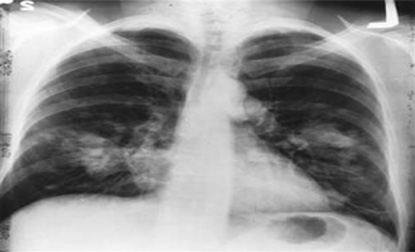Washington: Two Indian-origin sisters in a US high school have developed new screening tools to detect lung and heart disease using electronic stethoscopes.
Curious to find a way to detect early lung damage in people exposed to noxious air pollutants, Ilina Krishen, a high school senior at Port Huron Northern High School in Michigan, developed a screening mechanism using an electronic stethoscope.
An electronic stethoscope overcomes the problem of low sound levels by electronically amplifying body sounds, using an electromagnetic diaphragm that captures the diaphragm movement as an electrical signal.
Ilina recruited 16 smokers, 13 firefighters, and 25 nonsmokers for her test. The electronic stethoscope recorded one breath cycle from each volunteer.
Frequency peaks were used to analyse the frequency distribution of breath sounds. Differences of peaks above 125 Hz were analysed.
Ilina found that the number of peaks was significantly higher in smokers and firefighters, even if the firefighters were nonsmokers.
“The firefighters are exposed to many poisonous chemicals that remain in the air after the fire has gone out,” said Ilina.
“Screening with an electronic stethoscope may be able to detect early changes in lung function in individuals without symptoms of lung disease,” she said.
Medha Krishen, Ilina’s sister and a junior at Port Huron Northern High School, used an electronic stethoscope to screen student athletes for hypertrophic cardiomyopathy (HCM), a disease in which the heart muscle (myocardium) becomes abnormally thick.
Medha studied 13 individuals: 10 with a normal cardiac sports physical and three with a diagnosis for HCM. Heart sounds were recorded in 5-second periods while the athletes were lying down, standing, and after exercise.
Frequency peaks of a frequency amplitude plot were analysed.
Studies showed a significant difference in the distribution of frequency peaks in the two groups between the lying down position and after exercise.
Normal athletes showed a lower percentage of peaks above 131 Hz after exercise, while the athletes at risk showed a rise in frequency peaks following exercise.
“My study analysing heart sound frequencies may be a useful technique that school staff could use to screen for HCM,” said Medha.

